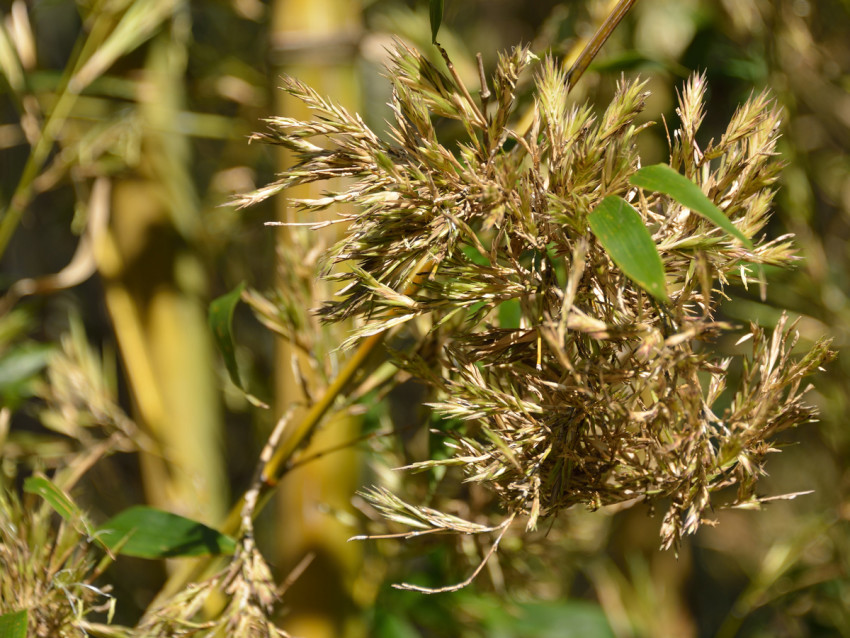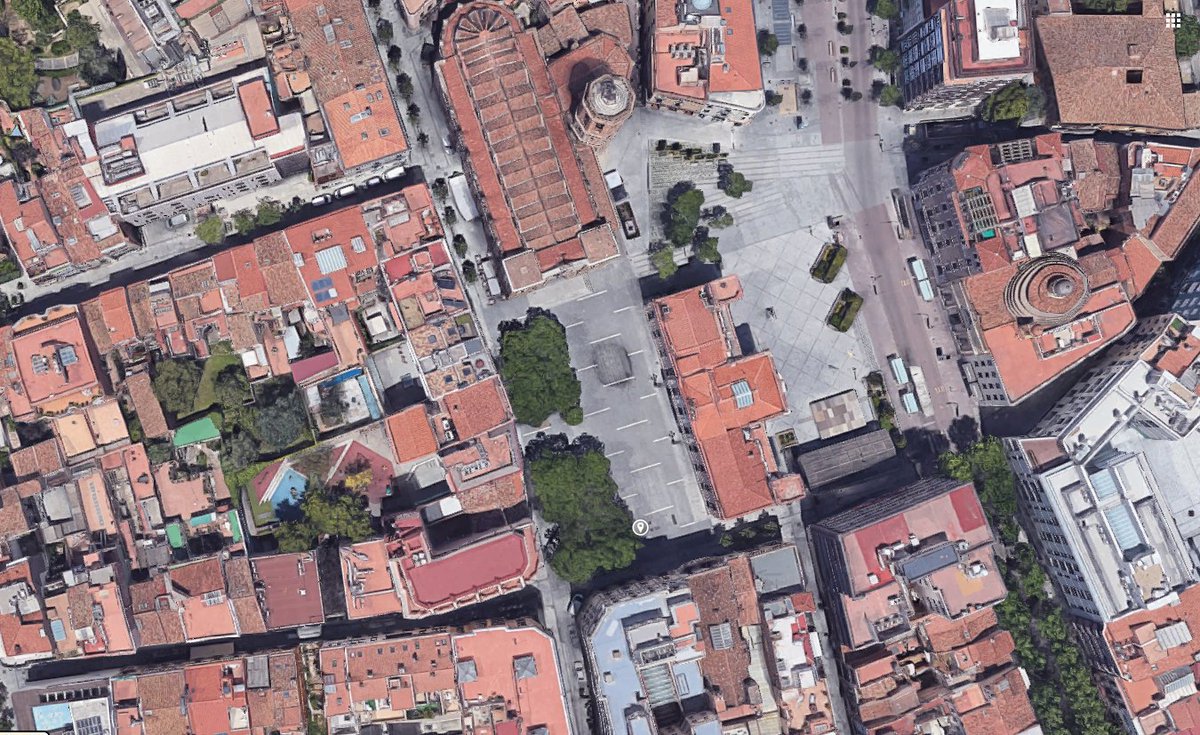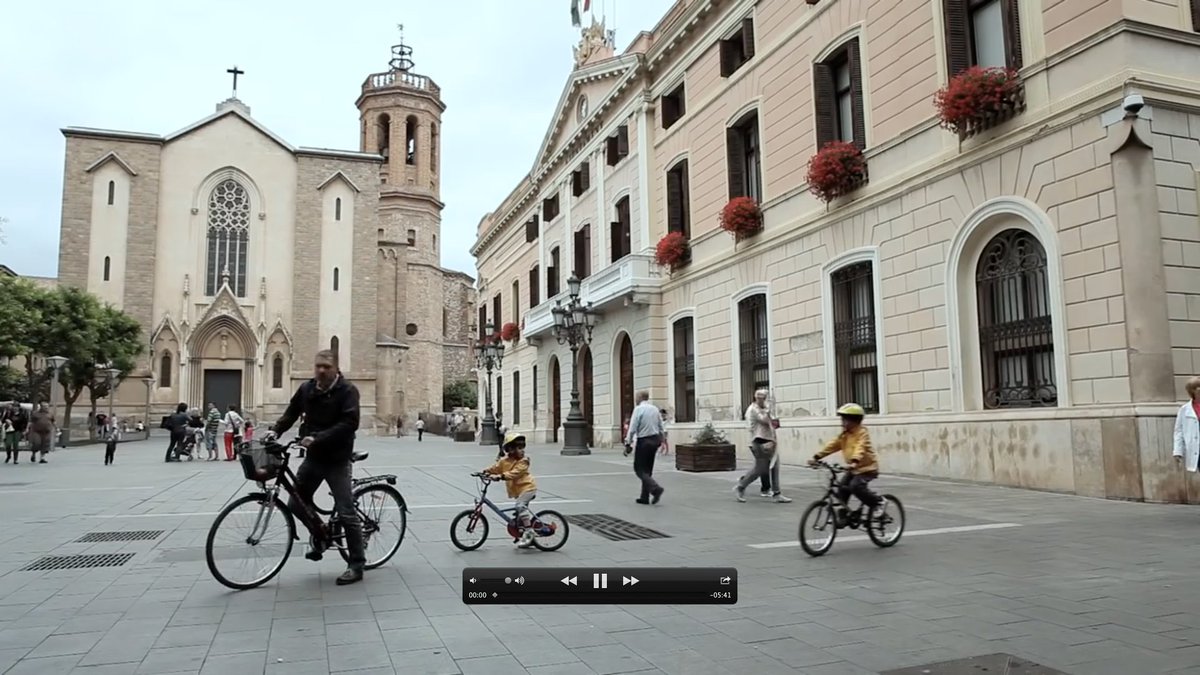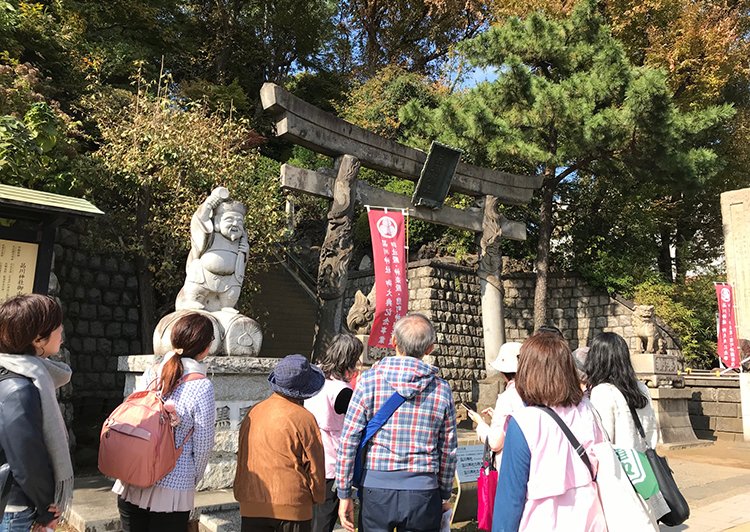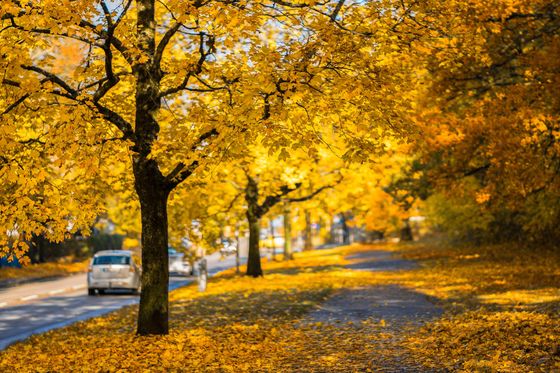
The Greek city of Priene as it might have looked in 350 B.C. Planned so that all homes face south to make maximum use of solar heating in winter. Courtyards kept cold winds at bay. It is estimated even naked one could comfortably sunbathe indoors during coldest months Nov-Mar. 

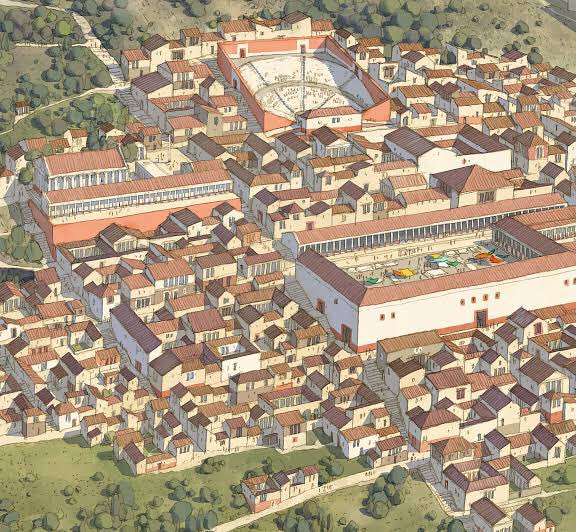

Housing 4000 at 0.37 km² (there again, the magic size for a human scaled city), twice as densely populated as modern London and only one or two story homes. Many streets were so steep they became stairs. 
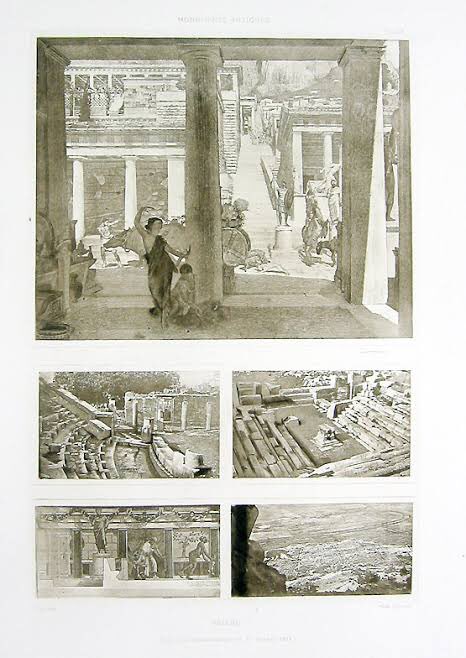
The city had free public baths, a theatre big enough to hold 6500, two free schools, several temples and a central agora/market located within a few minutes walk from anywhere in the city. All public buildings were charitably built by the richer citizens out of their own pockets. 
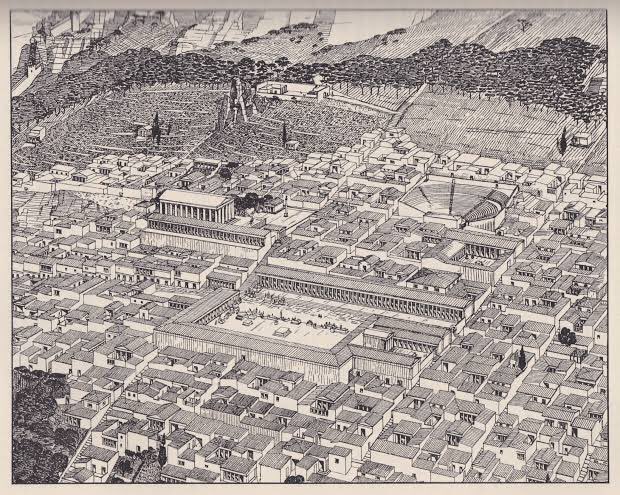
There were a few paved and leveled streets with open rainwater drains in the middle where carts and vehicles could traverse the city West to East. Underneath all streets ran clay pipes feeding fresh uphill spring water to all or at least most homes. 

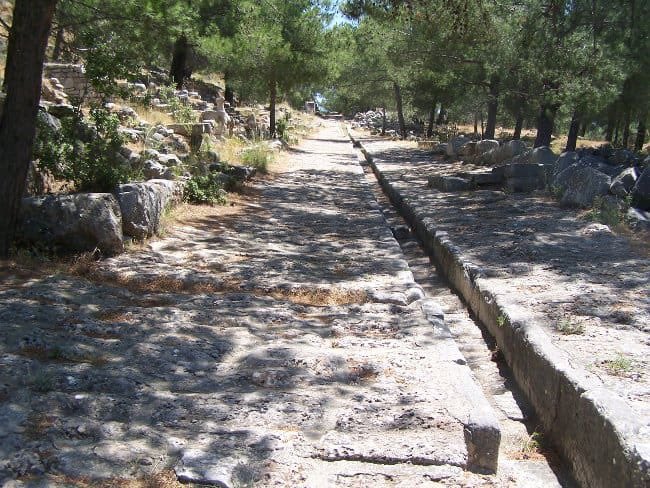
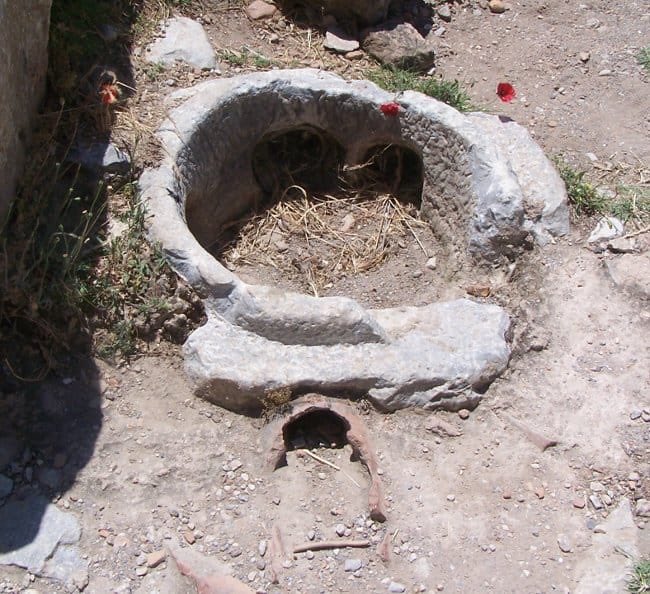
The council chamber had seats for 500-650 members, essentially one representative of each family, rich or poor. They would have met frequently if not daily. Most likely a proper democracy. 
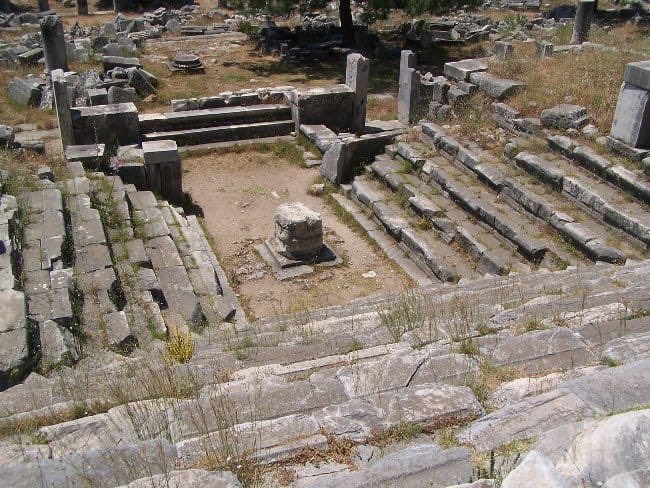
Priene was a member of the Ionian League (a mid-7th c. defensive organization of 12 cities), hence all their grand civil architecture was of the ionic order, including the large temple of Athene. 

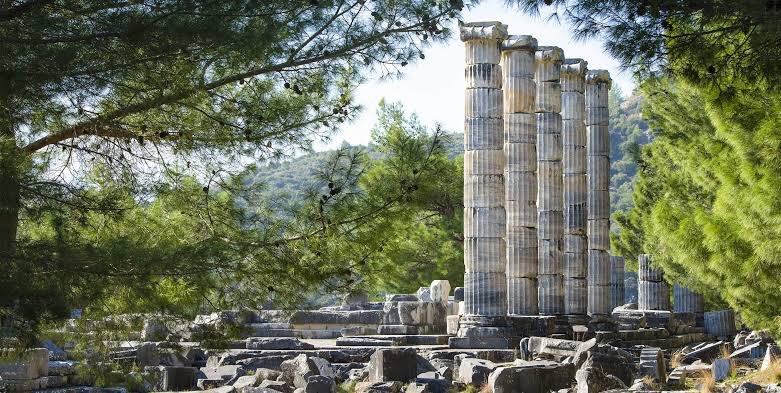
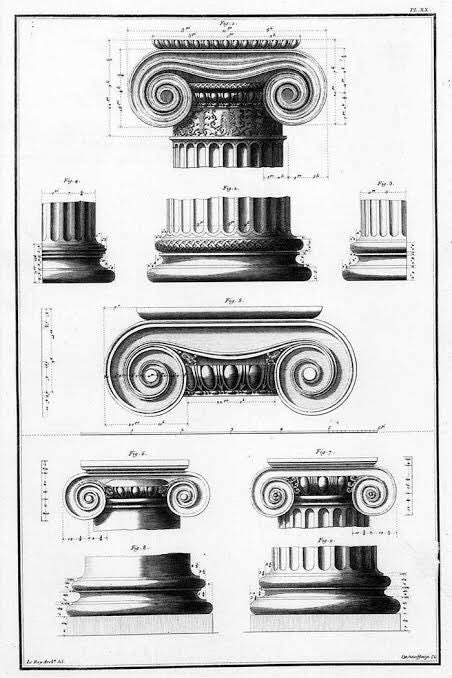
• • •
Missing some Tweet in this thread? You can try to
force a refresh











